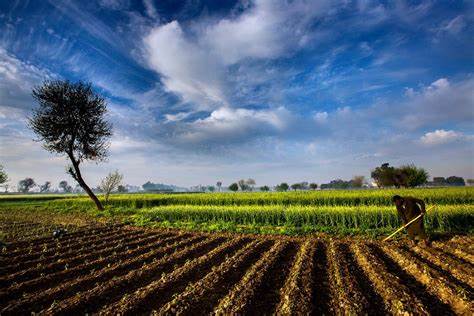Effective pest management is crucial for maintaining healthy crops and ensuring bountiful harvests. Among the various tools available, agricultural sprayers stand out as indispensable for combating pests and diseases. These devices enable precise application of pesticides, herbicides, and fertilizers, helping farmers protect their crops and optimize yield.
The Importance of Pest Management with Agricultural Sprayers
Pest management is essential for preventing crop damage and loss. Pests, including insects, weeds, and diseases, can significantly reduce the quality and quantity of produce. In severe cases, they can lead to complete crop failure, causing economic hardships for farmers and threatening food security. Effective pest management practices are necessary to mitigate these risks and sustain agricultural productivity.
How to Find the Right Sprayers for Your Pest Management Strategy
With a wide variety of agricultural sprayers available, from small garden sprayers to large 2000-liter sprayers, selecting the appropriate equipment for your pest management strategy highly crucial as it will help with the effectiveness of your spraying.
Understanding Your Pest Management Needs
Before selecting a sprayer, it’s crucial to assess your specific pest management requirements. Consider the following factors:
Type of Crops: Different crops may require different sprayers. For instance, orchards may need sprayers that can reach high canopies, while row crops may benefit from boom sprayers.
Size of the Field: The size of the area to be treated influences the type and capacity of the sprayer. Small gardens require different equipment than large commercial farms.
Type of Pests: The nature of the pests you are dealing with will determine the type of pesticides and the application method required.
Frequency of Application: Frequent applications may necessitate a durable and easy-to-use sprayer to handle regular use.
Budget: Sprayers come in a wide price range. Your budget will play a significant role in determining the type of sprayer you can afford.
Garden Sprayer Types for Small-Scale Spraying
Garden sprayer models are typically small, portable devices designed for the application of pesticides, herbicides, fertilizers, and other treatments. They come in various types, including handheld garden sprayer models, pump sprayers, and battery-powered garden sprayer models, each suited to different tasks and garden sizes.
Handheld Sprayers: Ideal for small gardens and precise spot treatments. They usually have a capacity of up to 2 liters.
Pump Sprayers: Suitable for larger gardens and more extensive applications. These sprayers typically range from 3 to 20 liters in capacity.
Battery-Powered Sprayers: Offer convenience and consistent pressure, making them suitable for medium-sized gardens and frequent use.

Other Types of Agricultural Sprayers
Knapsack Sprayers
Knapsack sprayers are worn on the back like a backpack and have a capacity ranging from 10 to 20 liters. They are suitable for medium-sized fields and offer more coverage than handheld sprayers. Knapsack sprayers are commonly used in orchards, vineyards, and large gardens. They provide a balance between capacity and mobility, making them versatile for various pest management tasks.
Battery-Powered Sprayers
Battery-powered sprayers offer the convenience of an electric pump, reducing the physical effort required for manual spraying. They typically have a capacity of 10 to 20 liters and are ideal for medium to large gardens and small farms. These sprayers are efficient and provide consistent pressure, ensuring even application of pesticides.
Tractor-Mounted Sprayers
Tractor-mounted sprayers are designed for large-scale farming operations. They are mounted on tractors and can cover extensive areas quickly and efficiently. These sprayers have a capacity ranging from 200 to 1000 liters, making them suitable for large fields of crops. Tractor-mounted sprayers are ideal for row crops, pastures, and other extensive agricultural areas.
Airblast Sprayers
Airblast sprayers use a high-speed fan to disperse fine droplets of pesticide over crops. They are particularly effective for orchards and vineyards where coverage of tree canopies is essential. Airblast sprayers typically have a capacity of 500 to 1500 liters and can be mounted on tractors. They are ideal for applying pesticides to tall crops and ensuring thorough coverage of leaves and fruit.
Mist Blowers
Mist blowers are similar to airblast sprayers but are typically smaller and more portable. They use a high-speed fan to create a mist of pesticide, which is then blown onto the crops. Mist blowers are ideal for medium-sized fields, orchards, and vineyards. They offer a capacity of 10 to 50 liters and are available in handheld or backpack models.


